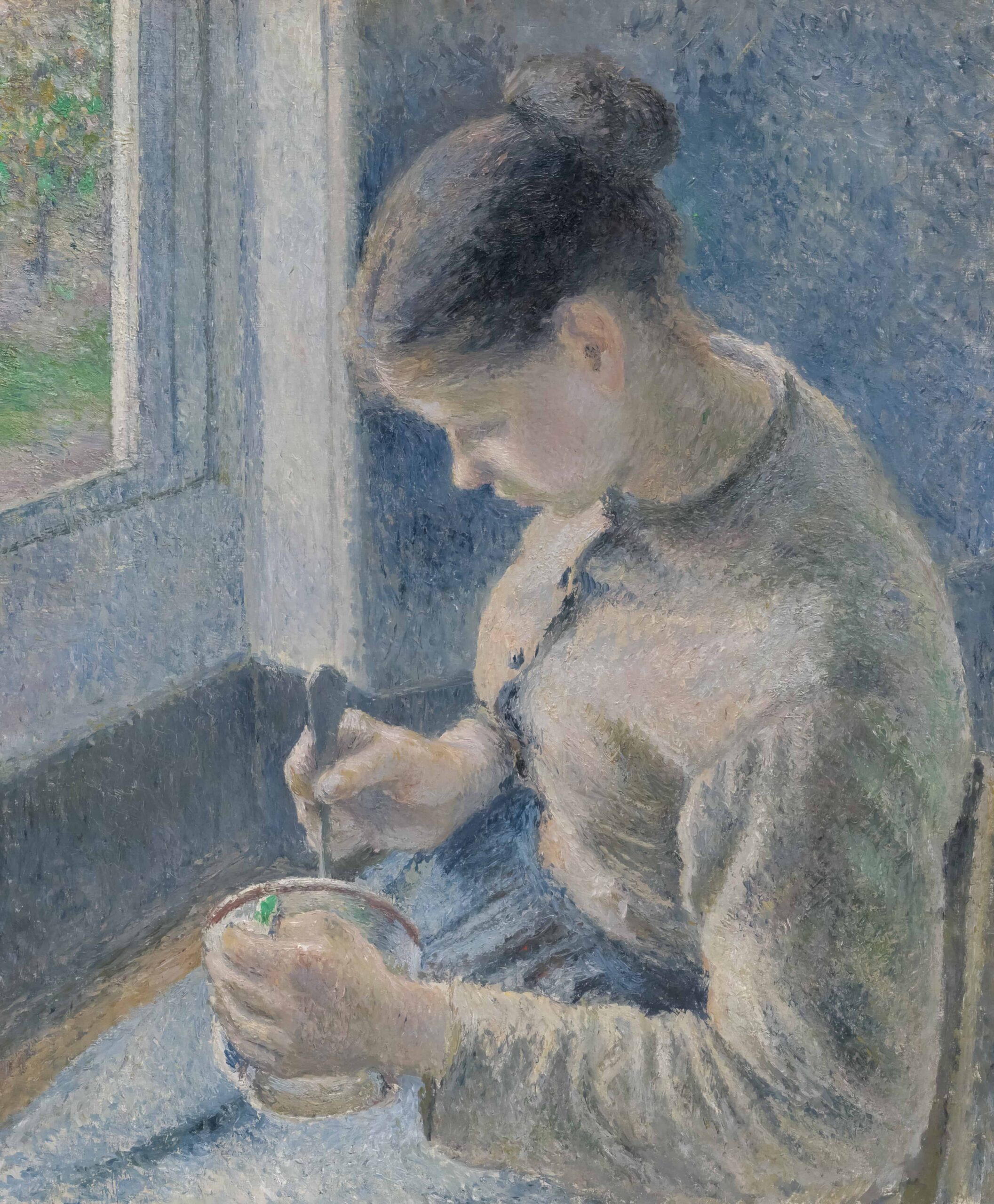All or Nothing Thinking OCD: 7 Ways This Trap Shows Up (and What to Do About It)

If you’ve ever thought, “If I’m not 100% sure, then it must be wrong,” or “If I can’t do this perfectly, I might as well not do it at all,” you’re not alone. This is called all-or-nothing thinking, and in OCD, it can quietly shape your entire reality.
Also known as black-and-white thinking, this cognitive distortion pushes your brain to split everything into extremes—safe or dangerous, good or bad, right or wrong. And when OCD is in charge, there’s no room for gray areas or uncertainty. Below are 7 examples of all-or-nothing thinking in OCD—and how you can start loosening its grip.
1. “Either I Have No Intrusive Thoughts, or I’m Not Recovering”
Recovery isn’t perfect, but all-or-nothing thinking makes it feel like any intrusive thought is a sign of failure. This mindset overlooks progress, makes setbacks feel like total collapse, and discourages long-term healing.
2. “If I Don’t Do the Compulsion Exactly Right, It Won’t Work”
Many with OCD believe rituals must be done a specific number of times, in a perfect way, or else something bad will happen. This rigid thinking increases anxiety and traps you in compulsive loops that feel impossible to break.
3. “If There’s Even 1% Doubt, Then the Fear Must Be True”
OCD is fueled by intolerance of uncertainty. All-or-nothing thinking demands 100% certainty—which no one can have. This leads to compulsive checking, reassurance-seeking, and mental reviewing that never truly satisfies.
4. “If I Made a Mistake, I’m a Terrible Person”
A common OCD theme is moral perfectionism. One small error—real or imagined—can feel like a character flaw. There’s no middle ground, no space for human error. This type of thinking leads to guilt, shame, and relentless self-criticism.
5. “If I Don’t Feel 100% Okay, Something Is Wrong”
People with OCD often believe that unless they feel completely calm, they must be missing something or in danger. But recovery involves feeling uncomfortable sometimes and still moving forward.
6. “If I Can’t Be Fully Recovered, I’ll Always Be This Way”
Hopelessness is a major consequence of black-and-white thinking. When you’re not fully free of OCD, it can feel like you’ll never be. But recovery is not all or nothing—it’s a winding process full of growth and setbacks.
7. “If My Thought Doesn’t Go Away, It Must Be Important”
Many assume that if a thought keeps coming back, it must mean something. But intrusive thoughts are repetitive by nature. The truth? Their persistence is a function of attention—not significance.
Final Thoughts
All-or-nothing thinking in OCD fuels anxiety, keeps compulsions alive, and turns recovery into an all-or-nothing game. But OCD recovery is full of middle ground. You don’t need to be 100% certain, calm, or perfect to heal.
Through ERP therapy, mindfulness, and self-compassion, you can learn to sit with discomfort and let go of rigid thinking. Life isn’t black or white—and neither is healing.





